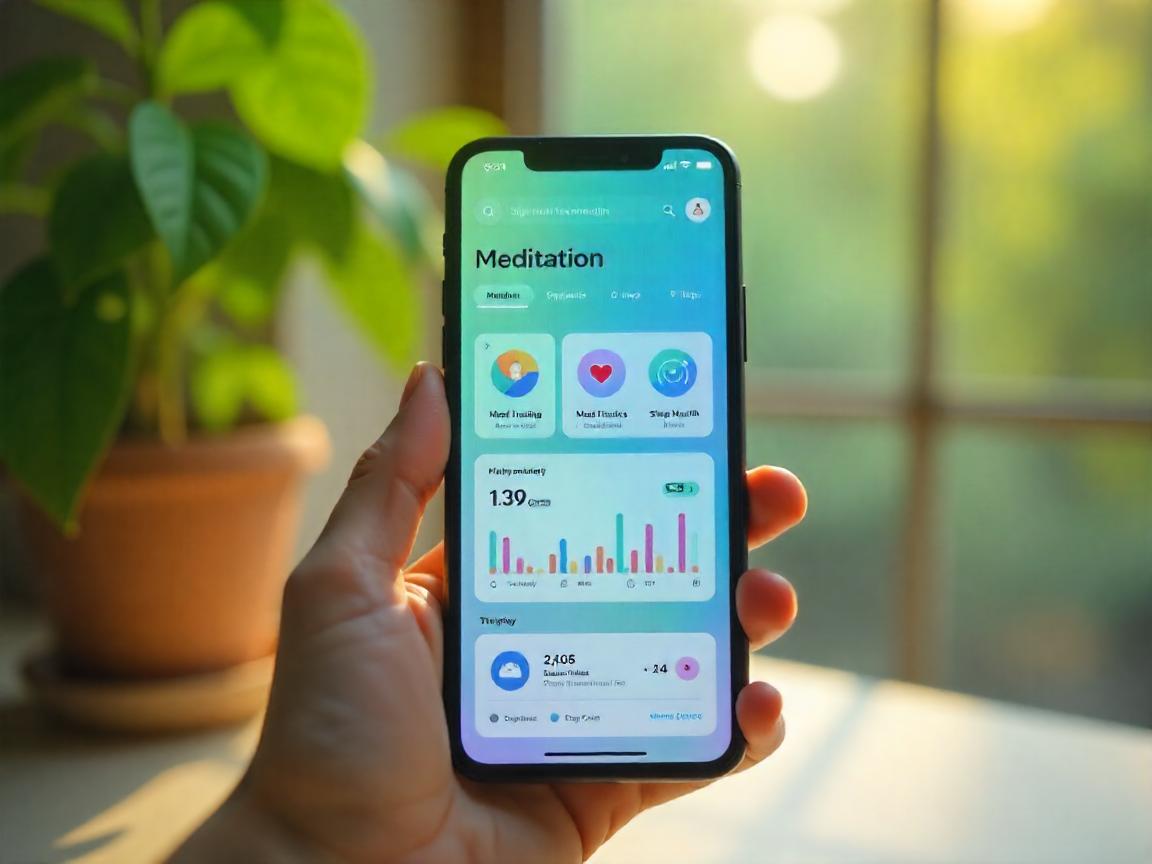
Launch your app store and enter the word “wellness” in the search bar. A calm sea of relaxing blues and gentle greens will reach you, promising a good night’s sleep, clearer thoughts and no more pressure in daily life. Even though it’s innovative, it is becoming more common. Nowadays, holistic health apps can be used for AI-based therapy, reminders for mindfulness practices and more. They are more than devices now; they are friends helping us during our hectic lives.
Grand View Research predicts that by 2027, the global wellness app market size will reach $9.9 billion which is more than a 23% annual increase. Many are becoming more involved in yoga, not just yoga lovers. Because of long hours at work, problems related to digital fatigue and stress, more people are experiencing it across all age groups. Personal care is now being redefined by clean beauty, not just for a small group of people.
What Can You Expect from Mindfulness Apps
Holistic health apps provide you with one place to take care of your needs. A variety of well-being factors work together under one stylish user interface. Today, you don’t have to download different apps for meditation, sleep and keeping a journal. Now, Headspace Health and Aura are among the platforms that include several features that respond to what your day is like and how you are feeling.
This is what you often find in legal databases:
- Recordings for guided meditation that are suitable for anxiety, exhaustion or restlessness
- You can make a diary using Cognitive Behavioral Therapy and do regular mental assessments.
- You can also practice breathing techniques to improve your focus or reduce stress.
- Setting your sleep times around your body clock and practicing a melatonin-compatible nighttime program
- AI is now used for coaching and chat therapy.
- Music that matches your mood
The main thing here is to personalize the experience. Apps such as Remente and Youper use AI to identify users’ feelings and change their content based on them. You’re teaming up with the therapist to create your unique way of healing.
A Real-World Example: A Unique Way to Stay Healthy
I would like to introduce Sophie, a UX designer who lives and works in Manchester. After experiencing a divorce and switching to remote work, she felt much more stressed. Traditional therapy filled its waiting list after only 2 months. Sanvello is an app that provides therapy techniques, lets her track her feelings and facilitates weekly group sessions, easily from her phone.
For six months, Sophie used Sanvello’s reflections and monitored her sleep each night. Thanks to Fitbit, I noticed her heart rate while at rest drop from 82 beats per minute (bpm) to 72 bpm. In particular, she had less panic and found it easier to concentrate during the day. “The structure really mattered,” she said, “since my life was almost absent of it.”
The Secret Networks: AI, Data and Your Personal Medical Records
Most of the time, we forget how intelligent these apps can be. The relaxing atmosphere of music in a store is the result of careful data science. Noom Mood and similar companies rely on users’ behaviors and daily actions to tweak their daily goals. Now that HealthKit is compatible with many other wellness apps, people can monitor their heart rate, daily steps and menstrual patterns in real time.
The downside is that every answer you find results in giving away your information. A recent study released in JAMA Network Open discovered that most mental health apps did not specifically ask users for permission to share their personal information with third parties. Even though we need help, there is a tricky exchange going on.
Personal Insight: Are We Healing—or Outsourcing Self-Care?
Since I have not only used these apps but written about them, I see how powerful they can be. For example, you can see a therapist to get help, but apps also offer wellness at any time, at little cost and they carry no stigma. Additionally, they often suggest that getting well is a small sequence of easy steps. It feels strange to rely on an app to remind us to take deep breaths.
A Johns Hopkins psychologist and behavior specialist, Dr. Maya Stein, recently mentioned in The Atlantic:
This type of technology is not meant to substitute therapy. It concerns improving how easily people can interact. Yet, real progress happens when humans make a deliberate effort.
Overall Thought: Are We Attentive to Others or Are We Just Always Being Stayed in Check?
These applications for holistic wellness truly help and sometimes make a significant difference. They help bring form to the unseen elements related to well-being. Could it be that having screens tell us to feel relaxed means we do not control our own emotions?
Rather than accepting these tools as a safety net, we should treat them as a springboard. Digital wellness shouldn’t lower your agency; it should make it better. Allow your app to show you the way, rather than plan everything for you.